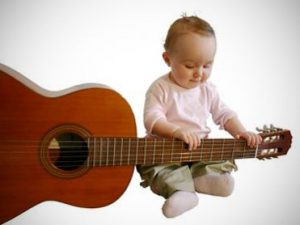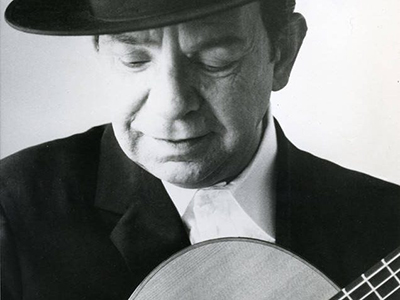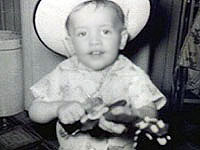 One of the first things to know before you buy a classical guitar is whether it has a solid top or a laminated top. (The “top” is the face of the guitar, the surface that has the soundhole in it.) Solid top guitars are the only choice for the best guitars, but a laminated top can be sufficient for beginners. If you do buy a laminated top guitar, you shouldn’t pay much over $100 for it, since adequate used solid tops can be found for $150. New solid top guitars start near $200.
One of the first things to know before you buy a classical guitar is whether it has a solid top or a laminated top. (The “top” is the face of the guitar, the surface that has the soundhole in it.) Solid top guitars are the only choice for the best guitars, but a laminated top can be sufficient for beginners. If you do buy a laminated top guitar, you shouldn’t pay much over $100 for it, since adequate used solid tops can be found for $150. New solid top guitars start near $200.
Try to get help from an experienced guitarist, maybe a friend or your teacher. An experienced guitarist will be able to check the guitar for:
- Playability: making sure the strings are the right distance from the fingerboard, the neck is not warped, the frets are ok, and the guitar is balanced.
- Intonation: that it plays in tune.
- Tone: that it makes a good sound.
- Structural integrity: that it’s not coming apart at the seams!
If you want to take the chance of ordering a classical guitar online, I’ve had good luck recommending Yamaha guitars to beginners. Yamaha makes reliable student guitars at reasonable prices. Here’s a link to a good laminated-top Yamaha classical guitar from Amazon. It’s about $150.
You can step up to a solid cedar-top Yamaha for about $70 more. Cedar is a good choice for beginners. It’s easier to make a good sound than with spruce.
If you want to go all the way, the Cordoba C10 CD/IN is the way to go. This has a solid cedar top, solid Indian rosewood back and sides, and an ebony fingerboard, for $1,069 on Amazon. It’s more guitar than any beginner needs, but it’s nevertheless a good value. These are premium woods seen in high-end handmade guitars that cost a lot more.
Finally, get a case for the guitar. Hardshell classical guitar cases start at around $100. Softshell cases (cardboard) are less expensive, but provide little more than scratch protection. If you buy a solid top guitar, be sure to buy a hardshell case.











